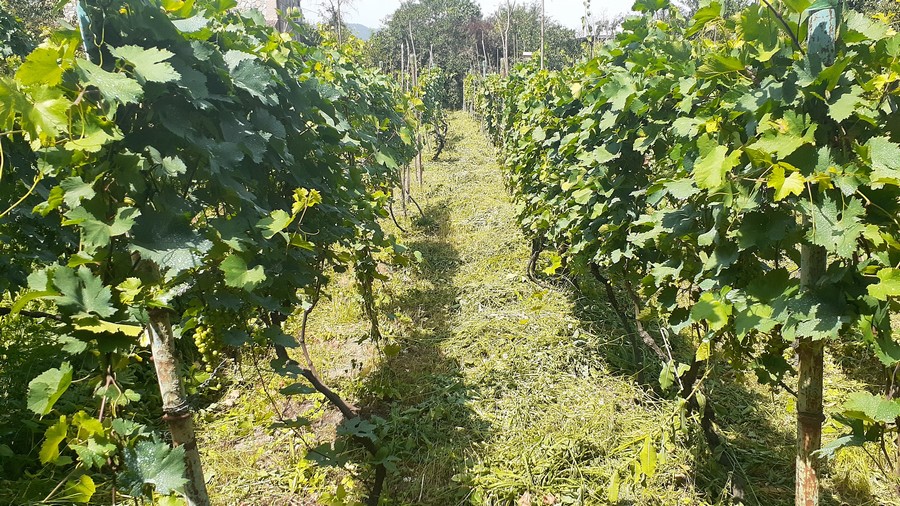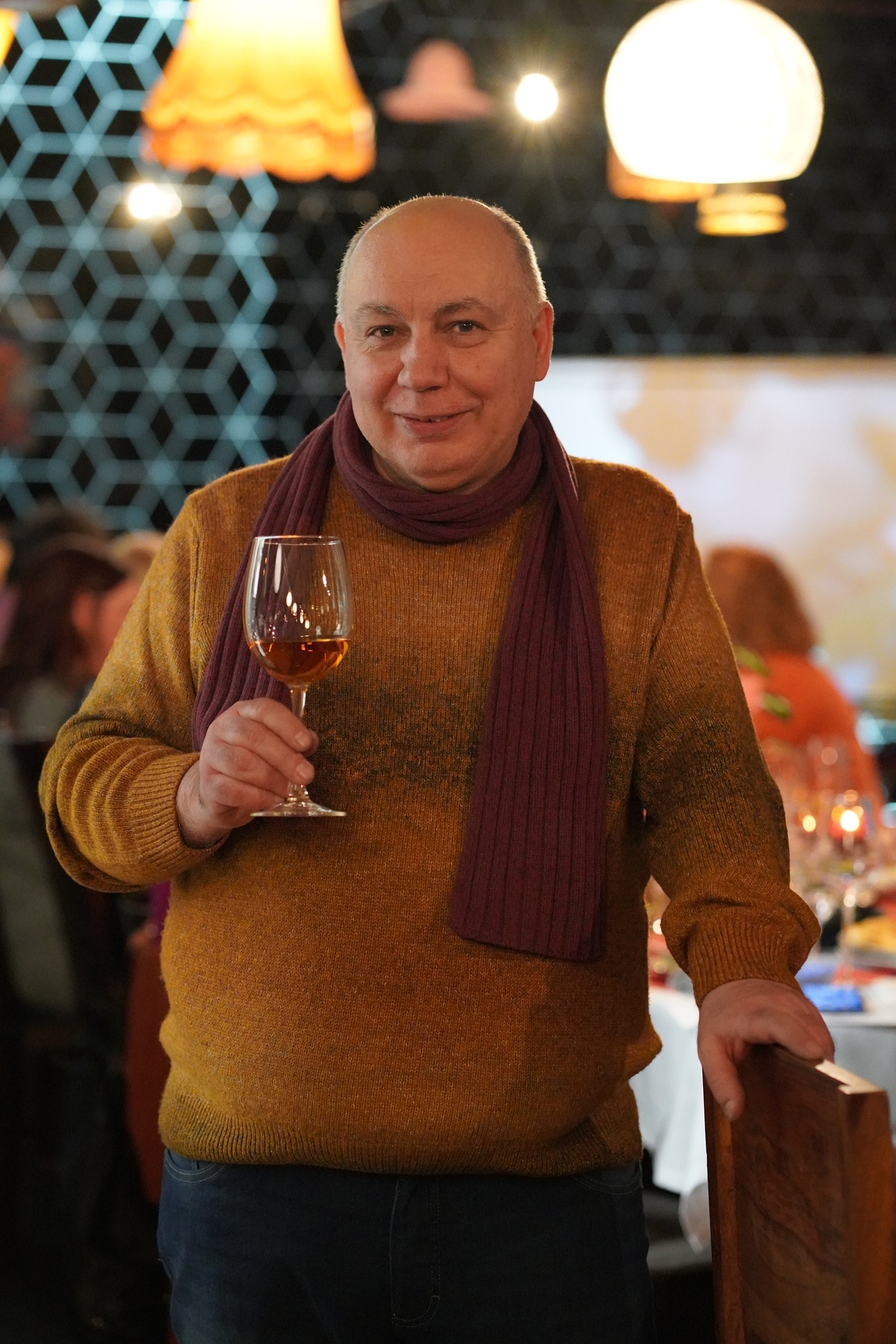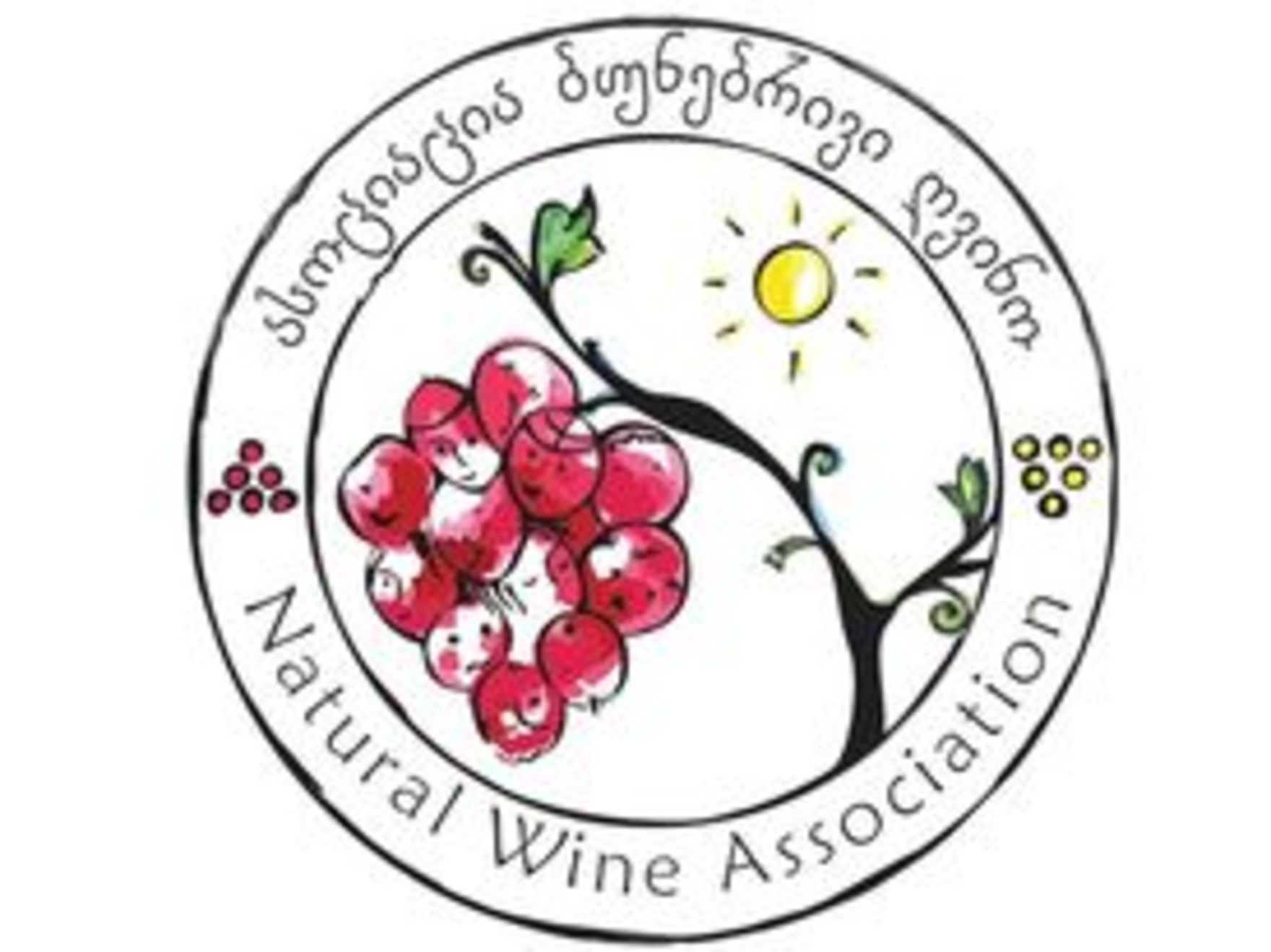News . 26-02-2024

Green operations in the vineyard - annual essential assistance
At the end of May and in the first half of June, it’s time for green operations in the vineyards. The winegrowers call this process “thinning” and “desuckering” of the vines, while the agronomists call it “green pruning”. This process aims to regulate the growth and development of the vine. Green operations depend on the strength of vine growth and the manner of formation. It is important that this responsible work in the vineyard is done by a knowledgeable person who follows the rules. Neglecting this work may lead to negative consequences.
Most of the winegrowers who are members of the Natural Wine Association have developed complex and often different methodologies for conducting green operations. It depends on the experience of the winegrower, the peculiarities of the region, and the knowledge of the plant. An experienced winegrower will sometimes say - the vine itself talks to you and tells you what it needs. Another important factor is how much and what kind of harvest the winegrower aims to get in a particular year.
Before the appearance of fungal diseases of vines, green operations were almost not carried out in Georgia. In Western Georgia, pruning and shaping of vines climbing on trees was hardly done, as we can see from the records of foreign travelers. Nowadays, when the protection of grapevines from fungal diseases is an essential plan for the vineyard, we get relatively fewer leaves in the vineyard and the bunches are better exposed to the treatment.
nwa.ge talked to the winegrowers who are members of the Association from three regions (Lechkhumi, Kakheti, Guria) about the methods and approaches of green operations.
Zaza Mushkudiani, “Tamani” (Lechkhumi): “During the green operations, we choose one of the two shoots growing from one bud, which we think has a greater potential for survival and yield.” Later, from this shoot, an outgrowth emerges between the leaf and the stem, which we call a bush in Lechkhumi. In the next step, we remove these bushes and finally we tie them on a wire with wraps made of special acacia tree skin, which is a kind of unique and different tying method. Thinning helps the vines to let the sun and air reach the fruit better. Excess leaves or shoots that grow in one place are removed. Therefore, thinning is a very important part of vine care and fruiting.
Some of the winegrowers who are members of the Natural Wine Association think that it is not necessary to cut the tips of the vine shoots and they can be twisted on wires. They believe that cutting damages the plant and inhibits its natural growth. This approach is not shared by everyone, because too many leaves in rainy weather increase the risk of fungal diseases. Therefore, cutting the shoots is a way to protect the vine from downy mildew or powdery mildew. However, everyone agrees that moderation is needed and vine leaves should not be removed excessively.
The vineyards of Guram Maisuradze’s family winery - “Nadelebi” are located in the village of Kurdgelauri in Telavi. Drought and sometimes hail are common challenges here. Climatic conditions are additional factors that a grower must consider in green operations. Guram Maisuradze always cuts the vine’s overgrown shoots - for proper formation and to avoid unnecessary diseases. According to him, the treatment does not reach the high shoots often and this contributes to the spread of vine diseases from that area.
Guram Maisuradze, “Nadelebi” (Kakheti): “We are trying to properly plan the formation of vines, both for this year and for the next one.” With green operations, we avoid unnecessary diseases, we get better quality grapes, and vines look like vines. I don’t have any distinctive approach to green operations. As usual, in the period after flowering, I try to remove the excess bunches, if we have too many or diseased bunches, we will remove them and trim the shoots at the right time. A certain amount of leaf thinning is probably acceptable and better for aeration, but too much thinning is actually detrimental to the vines and the ripening of the grapes. Recently, for about 3 years, I have not actually removed any leaves, for two main reasons: one is the drought, when we protected the bunches from the sun so that they did not burn, and the second reason and extreme is the year when hail came to the vineyard and thanks to a lot of leaves, we protected the bunches relatively better."
Vine varieties of Guria region - Chkhaveri, Sakmiela and others are traditionally tall vine varieties, and their growth is significantly higher than that of eastern Georgian grape varieties. According to Davit Kobidze, a member of the Natural Wine Association, high vineyards have been preserved in Guria – formed on so called Olikhnari. In such vineyards, vine growth is close to its natural state. Therefore, in the vineyard of tall formation, it is sometimes enough to perform green pruning only once a year and once or twice to change the inter-nodal growths and tie up the loosely fallen canes.
Davit Kobidze, “Davit Kobidze Winery” (Guria): “In order to get a quality harvest, it is necessary to carry out green operations. In a green pruned vineyard, aeration increases and the number of harmful insects decreases. The vine no longer wastes energy on redundant (barren) shoots. During green operations, I take into account the vine variety and formation. Chkhaveri requires green pruning more often than other varieties of Guria. In the case of a short vineyard, I carry out the first green operation at the beginning of May, I remove one of the relatively weak and redundant shoots (often with bunches) from the unclustered and double shoots. I repeat the same for the second time around the end of May before flowering. At this time, the canes are tied to the wires. For the third time, after flowering, I tie and remove the inter-nodes (dukebi) again. People in Guria call this process gadukva. In July, I still remove the inter-nodes and one or two leaves at the base of the cane, then I remove the tips, and finally - the opening of the sky.”
In conventional vineyards, the destruction of biodiversity and nature is often clearly visible. In addition to the damaged and depleted soil from herbicides and chemical fertilizers, the vines stripped of their leaves are striking, whose growth and vegetation are actually stopped, and in this way the vines are supposedly more protected from diseases and the grapes ripen faster. Natural, organic vineyards look very different - the grass cover in the vineyard is maintained and the vines look natural, because organic growers almost always observe moderation in their green operations.
Levan Sebiskveradze





